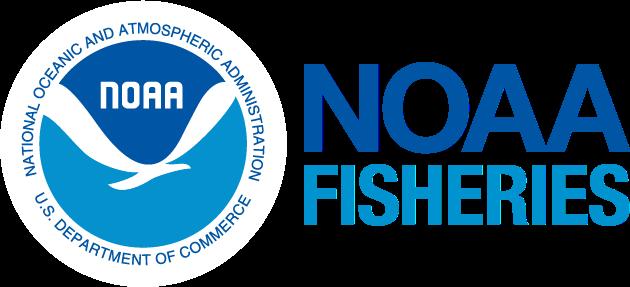
Framework Action 3 under the Puerto Rico Fishery Management Plan:
Modification of Status Determination Criteria and Management Reference Points for the Triggerfish Stock Complex
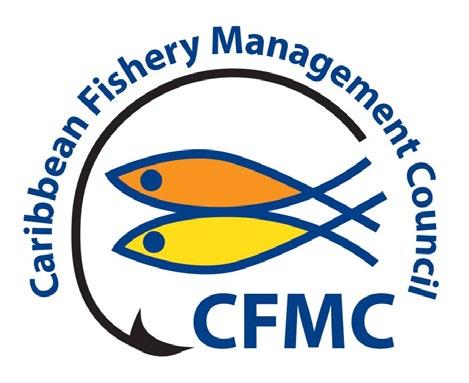
Maria López-Mercer, NMFS-SERO Caribbean Branch
184th Caribbean Fishery Management Council Meeting
April 23-24, 2024
Triggerfish Complex
Puerto Rico Fishery Management Plan
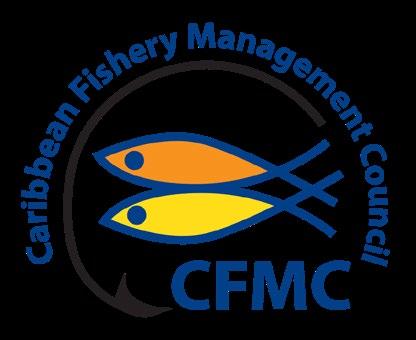
• Queen triggerfish is managed as part of the Triggerfish stock complex with ocean and gray triggerfish.
• Queen triggerfish was selected as the indicator stock for the complex.
o Management measures and monitoring of annual catch limits (ACL) are based on landings of queen triggerfish only, but apply to the entire complex.
• Triggerfish stock complex classified in Tier 4a of the Council’s Acceptable Biological Catch (ABC) Control Rule.
o Data Limited: No Accepted Assessment Available and the stock has relatively low vulnerability to fishing pressure.

U.S. Department of Commerce | National Oceanic and Atmospheric Administration | National Marine Fisheries Service Page 2
Background
• The Southeast Data, Assessment, and Review (SEDAR) 80 for the Puerto Rico Queen triggerfish was completed in 2022.
• The assessment determined that the Puerto Rico queen triggerfish is not undergoing overfishing and the stock is not in an overfished state.
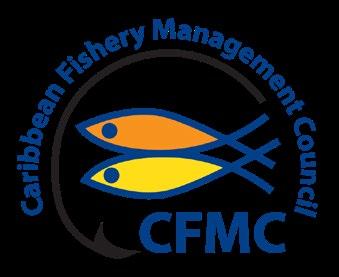
• The Council’s Scientific and Statistical Committee (SSC) reviewed results from SEDAR 80 at its November and December 2022 meetings and supported the stock assessment as providing the best scientific information available and determined that the stock assessment was suitable for shortterm (i.e.<5 years) management advice.

U.S. Department of Commerce | National Oceanic and Atmospheric Administration | National Marine Fisheries Service Page 3
Background
• The SSC in consultation with NMFS’ Southeast Fisheries Science Center (SEFSC) supported that queen triggerfish (i.e., Triggerfish stock complex) be reclassified from a Tier 4a stock complex to a Tier 3 stock complex (data limited, accepted assessment available) under the ABC Control Rule for the Puerto Rico FMP.

• The SSC coordinated with the SEFSC to provide values for overfishing limits (OFL) and ABCs for the Triggerfish stock complex, for years 2024 to 2026.
• At the December 2022 Council meeting, the SSC presented its recommendations to the Council (both variable- and constant-catch OFLs and ABCs, with the ABCs across a range of probabilities of overfishing [P*s]) to the Council.

U.S. Department of Commerce | National Oceanic and Atmospheric Administration | National Marine Fisheries Service Page 4
Council Decisions

• At the December 2022 Council meeting, the Council selected the approach that uses a constant OFL and ABC value and selected an acceptable probability of overfishing (P*) of 0.40.
• At the August 2023 Council meeting, the Council directed staff to move forward with the triggerfish Framework Action under the Puerto Rico FMP.
• Through this Framework Action, the Council would then derive the ACL for each sector from the total ABC, reduced by the Council’s management uncertainty buffer.
• At the December 2023 Council meeting, the Council directed staff to move forward with the action with options to derive the ACL for the triggerfish stock complex that include a 0%, 5%, 10% reduction from the SSC’s recommended ABC, and preliminary indicated preference for a 5% reduction.
At this meeting, the Council will review the document, select a preferred alternative, and can approve the action for submission to the Secretary of Commerce.

U.S. Department of Commerce | National Oceanic and Atmospheric Administration | National Marine Fisheries Service Page 5
Purpose and Need Statements

• The purpose of this action is to update management reference points for the Triggerfish stock complex under the Puerto Rico FMP to account for the SEDAR 80 Puerto Rico Queen Triggerfish Stock Assessment and application of the Council’s ABC Control Rule.
• The need for this action is to update management measures for the Puerto Rico Triggerfish stock complex based on best scientific information available to prevent overfishing and achieve optimum yield (OY), consistent with the requirements of the Magnuson-Stevens Fishery Conservation and Management Act.

U.S. Department of Commerce | National Oceanic and Atmospheric Administration | National Marine Fisheries Service Page 6
Action: Update Reference Points for the Triggerfish Stock Complex under the Puerto Rico FMP
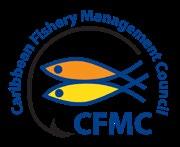
This Framework Action would:
(1) Update the maximum sustainable yield (MSY) or proxy; maximum fishing mortality threshold (MFMT), and minimum size threshold (MSST)
(2) Update the OFL and the ABC for the Triggerfish stock complex
Table 2.1.1 (from document). Reference points from SEDAR 80 Queen Triggerfish stock assessment for Puerto Rico.
(3) Set ACLs for the Triggerfish stock complex from the recommended ABC Reference
Table 2.1.2 (from document). OFL and ABC (in pounds whole weight) values for the Triggerfish stock complex for fishing years 2024-2026 and for the 3-year average.

U.S. Department of Commerce | National Oceanic and Atmospheric Administration | National Marine Fisheries Service Page 7
Point Value MSY proxy SPR 30% MFMT FSPR 30% = 0.215 MSST 0.75* SSBMSY1
Year OFL (stock) ABC (stock) 2024 124,540 96,670 2025 117,500 91,200 2026 112,810 87,560 Average 118,283 91,810
Action: Update Reference Points for the Triggerfish Stock Complex under the Puerto Rico FMP
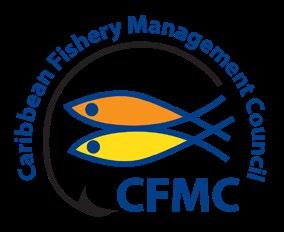
Alternative 1. No Action. Reference points for the Triggerfish stock complex would remain as specified under the Puerto Rico FMP.
Alternative 2. Update reference points for the Triggerfish stock complex based on SEDAR 80 and set the total ACL (which equals OY) equal to the ABC recommended by the Council’s Scientific and Statistical Committee (SSC).
Alternative 3 (Preliminary Preferred). Update reference points for the Triggerfish stock complex based on SEDAR 80 and set the total ACL (which equals OY) equal to 95% of the ABC recommended by the Council’s SSC.
Alternative 4. Update reference points for the Triggerfish stock complex based on SEDAR 80 and set the total ACL (which equals OY) equal to 90% of the ABC recommended by the Council’s SSC.

U.S. Department of Commerce | National Oceanic and Atmospheric Administration | National Marine Fisheries Service Page 8
Action: Update Reference Points for the Triggerfish Stock Complex under the Puerto Rico FMP
*Would not be based on the best scientific information available for the Puerto Rico Triggerfish stock complex.
1,2 At this time, no information is available to revisit the sector allocations (the percentage of the total ACL used for each sector).
1 Commercial ACL is 91.77% of the total ACL
2 Recreational ACL is 8.23% of the total ACL
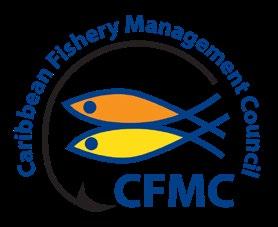


U.S. Department of
| National Oceanic and
| National Marine Fisheries Service Page 9
Commerce
Atmospheric Administration
Alternative ABC Total ACL Commercial ACL1 Difference from status quo Recreational ACL2 Difference from status quo Alt. 1 (status quo)* 95,318 90,552 83,099 -- 7,453 -Alt. 2 (0% reduction) 91,810 91,810 84,254 1,155 7,556 103 Alt. 3 (5% reduction) (Preliminary Preferred) 87,220 80,041 -3,058 7,178 -275 Alt. 4 (10% reduction) 82,629 75,829 -7,270 6,800 -653
Comparison of Alternatives and General Expected Effects
Alternative 1: Not based on best scientific information. No changes to current harvest levels
Biological/Ecological: Long-term negative effects from lack of sustainability.
Social/Ecological: No additional short-term effects (no changes to current levels), and long-term negative effects from decreased income and fishing opportunities for the species from lack of sustainability.
Alternative 2: Based on best scientific information. Increase in ACL
Biological/Ecological: Short-term negative effects from increased removals*, but long-term positive effects from managing to the maximum sustainable yield.
Social/Economic: Short-term positive effects from increased revenues and fishing opportunities*, and long-term positive effects from sustainably managing the stock, but more potential for negative effects than Alts 3 and 4 (long-term).
Alternative 3 and Alternative 4: Based on best scientific information. Decrease in ACL
Biological/Ecological: Short-term positive effects from decreased removals, and long-term positive effects from managing to the maximum sustainable yield.
Social/Economic: Short-term negative effects from reduced revenues and fishing opportunities*, but long-term positive effects from sustainably managing the stock.
*If fishermen take advantage of the increased fishing opportunities and harvest the total ACL.
Note that commercial triggerfish landings are well under the proposed ACLs under all alternatives.
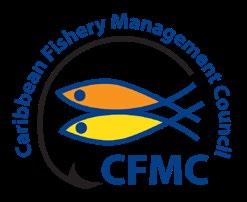
Alt. 2 less bio benefits than all alts. if landings increase
Alt. 4 more biologically beneficial than all alts.
Alt. 4 least socioecon benefits than Alts. 2 and 3 over time


U.S. Department of Commerce | National Oceanic and Atmospheric Administration | National Marine Fisheries Service Page 10
Action Items and Next Steps
• Council selects preferred alternative.
• Council reviews final draft amendment and draft codified text

April 2024
• Council approves Framework Action 3 for submission to Secretary of Commerce (allowing staff to make editorial edits)
May 2024
• Staff make editorial edits and sends to Council Chair for review
• Council submits Framework Action 3 to the Secretary of Commerce
June-July 2024
• NMFS begins rulemaking process
• Request for public comments on the proposed rule
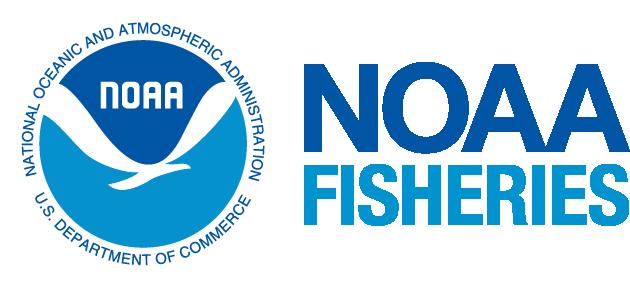
U.S. Department of Commerce | National Oceanic and Atmospheric Administration | National Marine Fisheries Service Page 11

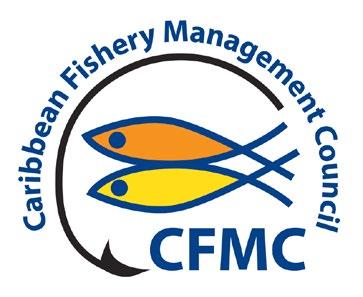

Thank You
Additional Slides from Dec 2023 CFMC presentation


U.S. Department of Commerce | National Oceanic and Atmospheric Administration | National Marine Fisheries Service Page 13
Annual Catch Limits
• An ACL is the amount of a fish that can be taken by fishermen over a 1-year period.
• The ACL is derived from the ABC, reduced by the Council’s management uncertainty buffer.
o How confident managers feel the ACL will control the amount of fish caught in a certain year and how much error there might be in the reported catch.
• The Magnuson-Stevens Act states that ACLs cannot be greater than the ABC recommended by the Council’s SSC.
• An ACL can apply to a single species or to a group of species (for example, the Puerto Rico Triggerfish stock complex).
• The ACL serves as the basis for triggering accountability measures.
• ACLs are only applicable in federal waters.


U.S. Department of Commerce | National Oceanic and Atmospheric Administration | National Marine Fisheries Service Page 14
Commercial and Recreational Management (Puerto Rico FMP)
• During the SSC process for setting management reference points, the commercial and recreational SYL and ABC values were calculated independently (Appendix G in Puerto Rico FMP).
• During the FMP process, the commercial and recreational SYL and ABC values were added together to set management reference points for the stock complex.
• For the Triggerfish stock complex, the commercial component of each reference point is 91.77% and the recreational component is 8.23%.
*For the Triggerfish stock complex, the ACL was set equal to 95% of the ABC.

U.S. Department of Commerce | National Oceanic and Atmospheric Administration | National Marine Fisheries Service Page 15
Reference Point Total (Stock Complex) Commercial Component Recreational Component SYL (OFL proxy) 190,636 lbs 174,946 lbs 15,690 lbs ABC 95,318 lbs 87,473 lbs 7,845 lbs ACL* 90,552 lbs 83,099 lbs 7,453 lbs
Queen Triggerfish Landings
• Catch information from Table 5 in the SEDAR 80
Queen Triggerfish – Puerto Rico stock assessment report.
• For years 2001-2019, all landings reported for species in the Triggerfish stock complex (ocean, gray, queen) were queen triggerfish.
o 2001 landings were 99.99% queen
• Since 2012, the majority reported from Puerto Rico waters.
• Commercial landings of queen triggerfish are below the current ACL (83,099 lbs).
• No accountability measures triggered.


U.S. Department of Commerce | National Oceanic and Atmospheric Administration | National Marine Fisheries Service Page 16
Year Commercial Landings Recreational Harvest 2000 67,568 9,990 2001 82,999 19,501 2002 58,853 1,838 2003 67,306 3,690 2004 96,424 1,152 2005 53,892 9,222 2006 44,015 636 2007 32,364 809 2008 55,982 35,148 2009 47,005 9,031 2010 45,566 7,646 2011 50,106 495 2012 75,693 11,021 2013 63,932 2,198 2014 71,577 36,978 2015 71,329 27,577 2016 65,874 2,714 2017 39,6602018 52,3592019 55,631 -
Accountability Measures (not changed by this action)
• What happens if an Annual Catch Limit is exceeded?
o If landings go over the ACL, the Council and NMFS must take action to make sure that the next year’s harvest stays at or below the ACL. This action is called an accountability measure (AM).
o AMs are management measures designed to help prevent overfishing.
o AMs are required for Fishery Management Plans.


U.S. Department of Commerce | National Oceanic and Atmospheric Administration | National Marine Fisheries Service Page 17
Accountability Measures (continued)
Trigger
• Process for comparing landings to the annual catch limit.
• Considers if overage was due to enhanced reporting.
• An AM is triggered if landings exceed the ACL, unless NMFS finds that the overage was because data collection improved.
Application
• Process for determining how long a closure is needed.
• Describes when the closure would occur in the year, depending on number of days needed to close.
• The length of the closure would be calculated starting from September 30 and going toward January.
• If Jan. 1 – Sept. 30 not long enough, then additional days will be added to the closure starting from October 1 and going toward the end of the year.


U.S. Department of Commerce | National Oceanic and Atmospheric Administration | National Marine Fisheries Service Page 18
Puerto Rico Sector-specific Accountability Measures
• If landings for both sectors are available, then total landings (commercial + recreational) would be compared to the total ACL (commercial ACL + recreational ACL).
o If the total ACL is exceeded, then the AM would be triggered* for the sector(s) that exceeded its ACL.
• If landings for one sector are not available, the ACL for the sector with available data would become the ACL for the stock/stock complex.
o If landings exceed the ACL, the AM would be triggered* for all fishing.


U.S. Department of Commerce | National Oceanic and Atmospheric Administration | National Marine Fisheries Service Page 19
Caribbean AM Flow Chart
(Reef Fish & Spiny Lobster)
Was overage because of improved data collection? No Yes No closure No Yes No closure
Season Closure Applied



U.S. Department of Commerce | National Oceanic and Atmospheric Administration | National Marine Fisheries Service Page 20
Did landings exceed the ACL?
Feb Mar April May June July Oct Nov Dec
Jan
Triggerfish stock complex ACL monitoring example
Calendar Year Most Recent Landings Available* Triggerfish ACL in Place in Year of Most Recent Landings Years used in ACL Monitoring (per FMP) Landings used in ACL monitoring ACLs compared to Landings If AM applied, ACL compared to average landings
*Assuming a 2-year delay in availability in the commercial landings, which was typical before electronic reporting delays.
**Assuming new ACLs for the Triggerfish stock complex are in place in 2024.


U.S. Department of Commerce | National Oceanic and Atmospheric Administration | National Marine Fisheries Service Page 21
2024 2022 83,099 2-year average Average 2021-2022 Average ACLs from 20212022 2024 ACL (TBD) 2025 2023 83,099 3-year average Average 2021-2023 Average ACLs from 20212023 2025 ACL (TBD) 2026 2024** TBD 3-year average Average 2022-2024 Average ACLs from 20222024 2026 ACL (TBD)












